Competition makes for better products, and the Android ecosystem is more competitive than ever. If you want a new Android phone at any price range, we've done the research to separate the great from the good, and the good from the bad. This list will help you make your next purchase easier.
Best Overall — Samsung Galaxy S10+
No matter your smartphone needs, the Galaxy S10+ is a great starting point — if not the best pick without any other consideration. Think of just about any spec or feature you want from a smartphone, and the Galaxy S10+ will have you covered. And it does so in a complete package of great hardware and a beautiful display.
Think of any spec or feature you want in a smartphone, and the GS10+ has it.
Samsung takes everything that people crave in a high-end smartphone and packages it all up into a single device: the Galaxy S10+. It matches or beats the competition in hardware, with every little spec and feature you could ask for, and ties it up in beautiful metal and glass with the best screen you'll see all year.
One of the biggest parts of the spec story is the battery, which at 4100mAh can handle even the toughest days without being scared of a midday top-up. In the camera department, Samsung is still a step behind Google in overall photo quality; but the new ultra-wide camera adds a fun option to complement its already solid pair of cameras.
If including all of those features, specs and capabilities in a single device has any downside, it's a lack of cohesiveness. The sheer number of things the Galaxy S10+ has and can do can be overwhelming if you're used to something a bit simpler. But the software is manageable, it just takes a little more time if you're very particular about how things work. And once you get through all the steps of making the Galaxy S10+ your own, you get a wonderful phone to use every day. You won't find anything that this phone can't do, and it'll do it all day with great battery life.
And for anyone who doesn't need such a large screen or battery for their daily use, the smaller Galaxy S10 is identical in every other way; and it's cheaper. Between the two, Samsung has a compelling argument to pick up a majority of sales in this price range.
Pros:
- Best-in-class display
- Great battery life
- Fun wide-angle camera
- Software features galore
- Headphone jack and SD card slot
Cons:
- Software can be cumbersome
- In-display fingerprint sensor is slow
- Software updates can be inconsistent
Best Flagship Pick
Samsung Galaxy S10+
A fantastic phone for anyone's needs
The S10+ offers lustworthy features, wrapped in beautiful hardware and the best screen you can get on a smartphone today.
Best Camera — Google Pixel 4 XL
The Pixel 3 XL was the best camera you could get in a smartphone, but the 4 XL blows it away. In daylight, mixed light and even super-low-light, it consistently takes better photos than any other Android. While we had issues with the 3 XL's speed, the camera app is also now fast and fluid. A secondary telephoto lens, paired with clever software, takes great zoom shots. Its front-facing camera isn't as wide as before, and that's really the only marginal downside here. It still takes crisp, colorful and bright photos, along with great portrait selfies.
The Pixel 4 XL, as a whole phone, is unfortunately let down by a few shortcomings. Its battery life is the weakest of the flagship competition, it has weaker RAM (6GB) and storage (64GB), and its Face Unlock system has only been adopted by a handful of apps. However, that shouldn't detract from all of the great things this phone does — and it is still fully in the conversation of the best phones you can get today.
Pros:
- Super-smooth 90Hz display
- Simple, useful and fast software
- Excellent face unlock
- Top-notch camera quality back and front
- Nice-looking and feeling hardware
Cons:
- Incredibly weak battery life
- Motion Sense has little real-world use
- Low RAM and storage for the money
- Most apps incompatible with Face Unlock at launch
Best Camera
Google Pixel 4 XL
$900 at Amazon $899 at Walmart
The best camera you can get in a smartphone today.
The Pixel 4 XL has excellent hardware and the best camera, but it's let down by poor battery life and weak specs for the money.
Best Budget Flagship — OnePlus 7 Pro
The OnePlus 7 Pro builds on the foundation of previous OnePlus phones in offering exceptional value, but now it's stepping things up with excellent hardware and nice-to-have features that make it a true competitor at the high end regardless of price. The hardware quality and design are right up there with the best, as is its 6.67-inch display with a 90Hz refresh rate.
Though it's more expensive than the OnePlus 6T was, the 7 Pro easily makes up the difference with lots of added capabilities. The display is dramatically better in all respects, the in-display fingerprint sensor is better than the Galaxy S10's, the haptics are now some of the best you can get, and its spec sheet is the envy of everyone. At the same time, it still has OxygenOS software, which continues to be one of the best takes on Android with its clean interface and consistently speedy performance.
Yes, it's missing a few things, like wireless charging and a headphone jack, and despite the company's claims of water resistance, it has no official IP rating. The cameras are also one weak point that reminds you where you saved a couple of hundred dollars from the competition. But all of its strong points pick up the slack — the OnePlus 7 is worth comparing to any phone on this list, and it's less expensive.
Pros:
- Excellent 90Hz display
- Incredible value for money
- Consistently speedy software
- Regular software updates
- High-end specs
Cons:
- Camera quality a step down from flagships
- No headphone jack
- No wireless charging
- No water resistance rating
Best Budget Flagship
OnePlus 7 Pro
A flagship experience for hundreds less.
You save a ton on the 7 Pro — but won't feel short-changed. This is a proper flagship with great hardware, display and performance.
Best Compact Choice — Samsung Galaxy S10e
Samsung did a great job with making strategic cutbacks to scale down the Galaxy S10's experience (and price) to the Galaxy S10e. The day-to-day core experience of the S10e is identical to the S10, even though it costs less. Specs and features are the same across the board, aside from a drop in battery and the loss of the telephoto rear camera. Battery life is the only concern, really, and you can look past that to get a Galaxy S10e that you can easily hold and use in one hand.
The Galaxy S10e provides excellent value in this sub-flagship tier. The screen is top-notch, as is the rest of the hardware, and all of Samsung's go-to features like stereo speakers, a headphone jack, waterproofing, and fast wireless charging are here. There's very little you have to compromise on to get this smaller and less expensive Galaxy S10.
Pros:
- Small enough for one-handed use
- Great cameras for the price
- Headphone jack and SD card slot
- Fun wide-angle camera
Cons:
- Weak battery life for a flagship phone
- Screen may feel cramped for some
- Software can be cumbersome
Best Compact Choice
Samsung Galaxy S10e
A Galaxy S10 in every way, but in a size you can use one-handed.
The S10e cuts back battery life and screen resolution compared to the S10, but the smaller manageable size is worth it.
Best Value — OnePlus 7T
The OnePlus 7T continues the company's legacy of releasing affordable, high-end Android smartphones. This one has all of the good aspects of the more expensive 7 Pro, but forgoes the curved-glass, bezel-less display for something more traditional, and more usable. The hardware is just as nice, and has the added bonus of being a tad smaller as well.
Typical superlative OnePlus software is the same as its other phones, which is a great thing. The display running at a 90Hz refresh rate (just like the 7 Pro) just adds to the smoothness of OxygenOS. There's a versatile camera system that is consistent, albeit not challenging the best out there. Luckily, you're getting excellent specs and performance across the board, with enough power to run this phone for years.
Pros:
- Well-designed, with premium materials
- Excellent battery life
- OxygenOS 10 is awesome
- Consistent and versatile cameras
- Great price for what you get
Cons:
- Lacks official IP rating
- No wireless charging
- Loses telephoto OIS from OnePlus 7 Pro
Best Value
OnePlus 7T
One of the best phones you can spend your money on.
You get the same great specs as the OnePlus 7 Pro, in a slightly smaller package with a few extras cut back — but in return get an exceptional price.
Best Battery Life — Huawei P30 Pro
Huawei goes after the highest-end phones, and in many ways succeeds. The P30 Pro takes on much of Samsung's approach in giving you beautiful hardware with a packed spec sheet and huge display and adds in what is simply a better camera system. Battery life is a true winner with the P30 Pro, even over the already stellar Galaxy S10+. The real downside is the software, which has improved over the years but still feels overbearing and tough to manage — not to mention filled with quirks that most people just aren't ready to deal with.
As always, the caveat here is that Huawei doesn't sell its phones in the U.S. Elsewhere around the world the P30 Pro is a formidable competitor with the Galaxy S10+, but in order to get it in the U.S. you have to import an international model with no warranty or support ... which isn't always advisable. And now that Huawei's relationship with U.S.-based Google is on thin ice due to current inter-country relations, the P30 Pro's software update prospects are in question no matter where you're using it.
Pros:
- Versatile camera combination
- Extreme battery longevity
- Super-fast wired charging
- Delightful design
- Huge display
Cons:
- Software can be overbearing
- Not available in the U.S.
- Too large for some hands and pockets
- Uncertain software update future with current U.S. policies
Best Battery Life
Huawei P30 Pro
Filled with features and an incredibly versatile camera setup.
The P30 Pro is big, but has one of the most enjoyable cameras. It's also a great overall phone with exceptional battery life.
Big Battery on a Budget — Moto G7 Power
The Moto G7 Power is one of the lower-end versions of the G7 lineup, but it makes one statement that stands out: it's all about the battery life. This 6.2-inch phone has a massive 5000mAh battery, and when paired with its lower-resolution screen and simple features, it can probably last you two days.
That battery life alone is a fantastic feature to have, particularly when so many lower-end phones skimp on efficiency and battery size. At this price, it's great to see the G7 Power available to balance out the more well-rounded standard G7. And like the standard model, the G7 Power is giving you capable specs, camera and hardware quality along with simple software — just what you expect from a Moto G.
Pros:
- Huge battery and incredible battery life
- Simple and useful software
- Unlocked model usable on all U.S. carriers
- Large 6.2-inch display
Cons:
- Expected short software update lifespan
- Middling camera quality
Big Battery on a Budget
Moto G7 Power
When you're on a budget, but hold battery life in high regard.
The G7 Power is all about long battery life at a low price. Plus a standard slate of basic Moto design, features and a big screen.
Best With a Stylus — Samsung Galaxy Note 10+
To understand the Note 10+, take everything that makes the Galaxy S10+ great and turn it up another notch. All of the basics are the same, with excellent build quality, a top-end screen, consistently great cameras, and software that is packed with features. But the screen is even bigger, the battery lasts even longer (and recharges faster), and the specs have improved.
And of course you get the S Pen stylus, which simply has no equal. You can write, draw, annotate and sign documents all day long. Plus, it can be used in a pinch to control your phone from a distance over Bluetooth. And you better see value in that S Pen, because it makes the Note 10+'s price jump: you spend much, much more for the Note 10+ compared to the S10+, despite most of the experience being identical.
Pros:
- Incredible display
- Hardware looks and feels expensive
- Outstanding performance
- Great battery life and fast charging
- Consistent camera performance
- Best stylus experience on any phone
Cons:
- Low-light camera quality is weak
- Software requires lots of tweaking
- No headphone jack
Best With a Stylus
Samsung Galaxy Note 10+
Samsung's biggest and best, with a stylus.
For many, there's no replacement for a Note. You get the best Samsung has to offer, with a huge display, plus the unique S Pen.
Best on a Budget — Moto G7
Nobody is going to mistake the Moto G7 for a flagship phone, but at the same time, it gets the basics done while being one-third the price. The Snapdragon 632, 4GB of RAM and 64GB of storage will get the job done in terms of performance for some time, and the software is typical great Motorola fare.
The phone has a modern design that won't look out of place in 2019, and the screen is nice and large at 6.2 inches with a respectable 1080p resolution. Battery life will be fine from the 3200mAh capacity, and you get some nice-to-have features like a good 'ol fingerprint sensor and dual cameras for portrait mode.
Pros:
- Big 1080p display
- Capable specs for the money
- Simple and intuitive software
Cons:
- No NFC
- Software update future uncertain
Best on a Budget
Moto G7
$240 at Amazon $200 at Walmart
Getting all of the basics done in an attractive package for a solid price.
The G7 is the budget phone benchmark. You still get great build quality, a solid screen and full spec sheet with clean software.
Best With 5G — Samsung Galaxy Note 10+ 5G
The biggest thing the Galaxy Note 10+ 5G has going for it is that it's built on the exact same platform as the excellent Galaxy Note 10+. The Note 10+ 5G is the same in terms of size, specs and capabilitities — meaning it has the same amazing screen quality, high-end internals, consistently great cameras, and Samsung software that's filled with features. Plus, it still has the S Pen.
But for a couple hundred dollars more than the Note 10+ is available for, it's incredibly tough to justify the extra experience to get 5G. If you're on Verizon, and it offers 5G where you live, it may be worth looking at, but chances are you're going to find the value just isn't there.
Pros:
- 5G connectivity for upcoming networks
- Huge, high-quality screen
- Complete Galaxy Note 10+ experience
Cons:
- Extremely expensive for what you get
- Limited to just Verizon right now
- 5G networks will be limited for some time to come
Best with 5G
Samsung Galaxy Note 10+ 5G
The future is now … with a few caveats.
The Note 10+ 5G has access to the future of networking, but you spend a whole lot to get it. 5G aside, it's effectively a Note 10+.
Bottom line
The best Android phone for most people is the Galaxy S10+, thanks to its excellent capabilities across hardware and software that all come together to make a do-everything phone just about anyone can enjoy. It has stunning hardware punctuated by an industry-leading display, and you'll be hard-pressed to find a spec or feature that's missing.
No single phone can be the best for everyone, and that's why we have other great picks in this list as well. When you're looking to get a phone, think about the specs, features, capabilities and price that are the most important to you. There are big considerations in size, battery life, camera capabilities, software ease of use, and of course just design, that all weigh in. No matter the combination, you'll certainly find a great phone that can fit your needs — we think it will most likely be a Galaxy S10+, but if not, there are plenty of other awesome Android choices.
How to choose the best Android phone
Android phones are highly complex and feature-rich gadgets that are capable of a lot of different things, and as such, finding the one that's best for you can be a daunting task. Lucky for you, we've put together a little guide below highlighting some of the biggest questions you should ask yourself when buying one, along with rankings of which Android phones have the best display, camera, and more.
How much money do you need to spend?
First thing's first, let's talk about what's likely the most pressing question for many of you reading this — how much money should you spend on a new phone?
Ultimately, this comes down to much you're willing/able to spend and what tier of phone you want. As a general rule of thumb, there are three main categories of phones at different price points:
- Low-end/budget phones
- Mid-range phones
- Flagship phones
In general, spending more money will get you a better-performing and more premium phone. Thankfully, we've seen a trend over the last few years of budget-focused phones getting really, really good.
Take the Nokia 4.2, for example. It used to be you couldn't get a quality phone for under a couple hundred dollars, but with the Nokia 4.2, you're getting a device with a premium glass back, good display, multiple rear cameras, a fingerprint sensor, NFC for Google Pay, and expandable storage — just to name a few features. Mid-tier handsets, like the Samsung Galaxy A50 and Moto G7, offer more powerful specs for a little more money.
Flagship phones have sort of split off into two sub-groups as of late, including "lite" flagships and fully-fledged ones. The OnePlus 7T is a perfect example of a lite flagship. It costs a good deal less than flagships from Google and Samsung, but it still manages to offer a flagship-level processor, an enormous amount of RAM, top-notch build quality, etc. Some things take a backseat with these phones, however, and that's often in the camera department.
Then there's fully-fledged flagships — the Google Pixel 4, Samsung Galaxy Note 10, and so on. These are the most expensive phones the market has to offer, and while they aren't perfect, they're the phones where companies throw in everything they have to offer to create for the best experience possible.
You could make the argument that no one really needs to buy a flagship phone these days considering how good low-end and mid-range options have become, but it all depends on what features you want, what specs matter the most to you, and how flexible your budget is.
What size phone should you buy?
While Android phones pretty much all have the same generic rectangular shape, they come in a variety of sizes ranging from ultra-portable to miniature movie theater. The size of the phone you buy depends a lot on its screen size. The larger the screen a phone has, the larger its physical size will be. As with all things, there are benefits to both small and large phones.
As you'd expect, a smaller phone is easier to use with one hand and more likely to fit in the pockets of your skinny jeans. For people that are always on the go and want something that they can comfortably text on in one hand while chugging their Starbucks latte in the other, a smaller phone is the way to go. However, with a smaller size and smaller screen, you will be more cramped when watching movies or playing games.
On the other hand, a larger phone is the complete opposite. It'll be more challenging to use a large phone single-handedly, but if you want to use your phone for catching up on movies or playing immersive games like Call of Duty: Mobile, the extra screen real-estate will be hugely beneficial.
When talking about what constitutes a "small" and "large" phone, we typically consider smaller phones to have displays under 6-inches. Most smaller-sized phones these days are between 5.5 and 5.9-inches. Naturally, this means larger phones will often have a screen size of 6-inches or greater.
A 5.9-inch screen might sound large, and a few years ago, it was. However, now that the majority of Android phones have shifted from 16:9 aspect ratios to 18:9 ones (or a variation of this) and gotten much smaller bezels, it's possible to fit a bigger screen into a compact body.
On top of all that, it's also worth considering the size of your hands. Someone with bigger hands can probably manage a 6-inch+ phone perfectly fine in one hand, and as such, can go with a larger screen size and not sacrifice their ease-of-use. If possible, you may want to go into your local Best Buy or carrier store and hold the phones you're thinking about buying to see how they feel to you.
How big of a battery do you need?
There are a lot of different specs that make up an Android phone, but one of the most important factors to consider is its battery. It's something that can be easy to overlook if you aren't thinking about it, and if you end up with a phone that can barely make it through a full day of your normal usage, you're going to be faced with a headache-filled future.
Everyone uses their phone differently, and as such, there's not necessarily a perfect battery size. We recommend not getting anything smaller than a 3,000 mAh battery, but if possible, something closer to 3,500 mAh is preferable. Of course, as you go higher and higher with the mAh count, you can expect longer and longer battery life. That's why the Moto G7 Power and its 5,000 mAh battery gets an advertised three-days of use on a single charge, while the Pixel 4 and its 2,800 mAh battery can hardly make it through one day.
There are other factors that play into battery life, such as a phone's screen resolution (a higher resolution draws more power) and the efficiency of its processor, but the battery size plays the biggest role in how long a phone can be powered on before needing to be plugged in.
Should you buy a 5G phone?
5G seems to be all the rage these days, and rightfully so. The potential for 5G is enormous, offering substantial speed increases over the 4G LTE networks we're using today. You can go out and buy a 5G-capable phone right now if you want, but should you? For most people, probably not.
While 5G is technically live at AT&T, Sprint, T-Mobile, and Verizon, these carriers are still very much so in the early days of building them up. At AT&T, Sprint, and Verizon, this means you can only access their 5G networks in very specific areas of select cities. T-Mobile's 5G network is more widely available, but the current speeds aren't that much faster compared to its LTE service.
On top of that, 5G phones are really expensive right now. The Samsung Galaxy Note 10+ 5G will set you back well over a thousand dollars, and as good as it may be, no one should be spending that much on a phone just to connect to such a young network.
As such, if you're in the market for a new phone, don't feel like you'll be missing out by buying a 4G LTE one. It's going to be quite a while longer before 5G is as widespread and reliable as LTE is today, and by the time you're ready to buy your next phone in a few years, all of the major quirks with 5G should be worked out.
Credits — The team that worked on this guide
![]()
Andrew Martonik is Executive Editor, U.S. at Android Central. He has been a mobile enthusiast since the Windows Mobile days, and covering all things Android-related with a unique perspective at AC since 2012. For suggestions and updates, you can reach him at andrew.martonik@androidcentral.com or on Twitter at @andrewmartonik.
![]()
Daniel Bader is Managing Editor of Android Central. As he's writing this, a mountain of old Android phones is about to fall on his head, but his Great Dane will protect him. He drinks way too much coffee and sleeps too little. He wonders if there's a correlation.
![]()
Jerry Hildenbrand is a Mobile Nations Senior Editor and works from a Chromebook full time. Currently he is using Google's Pixelbook but is always looking at new products and may have any Chromebook in his hands at any time. You'll find him across the Mobile Nations network and you can hit him up on Twitter if you want to say hey.
from Android Central - Android Forums, News, Reviews, Help and Android Wallpapers https://ift.tt/2swlRpD
via IFTTT


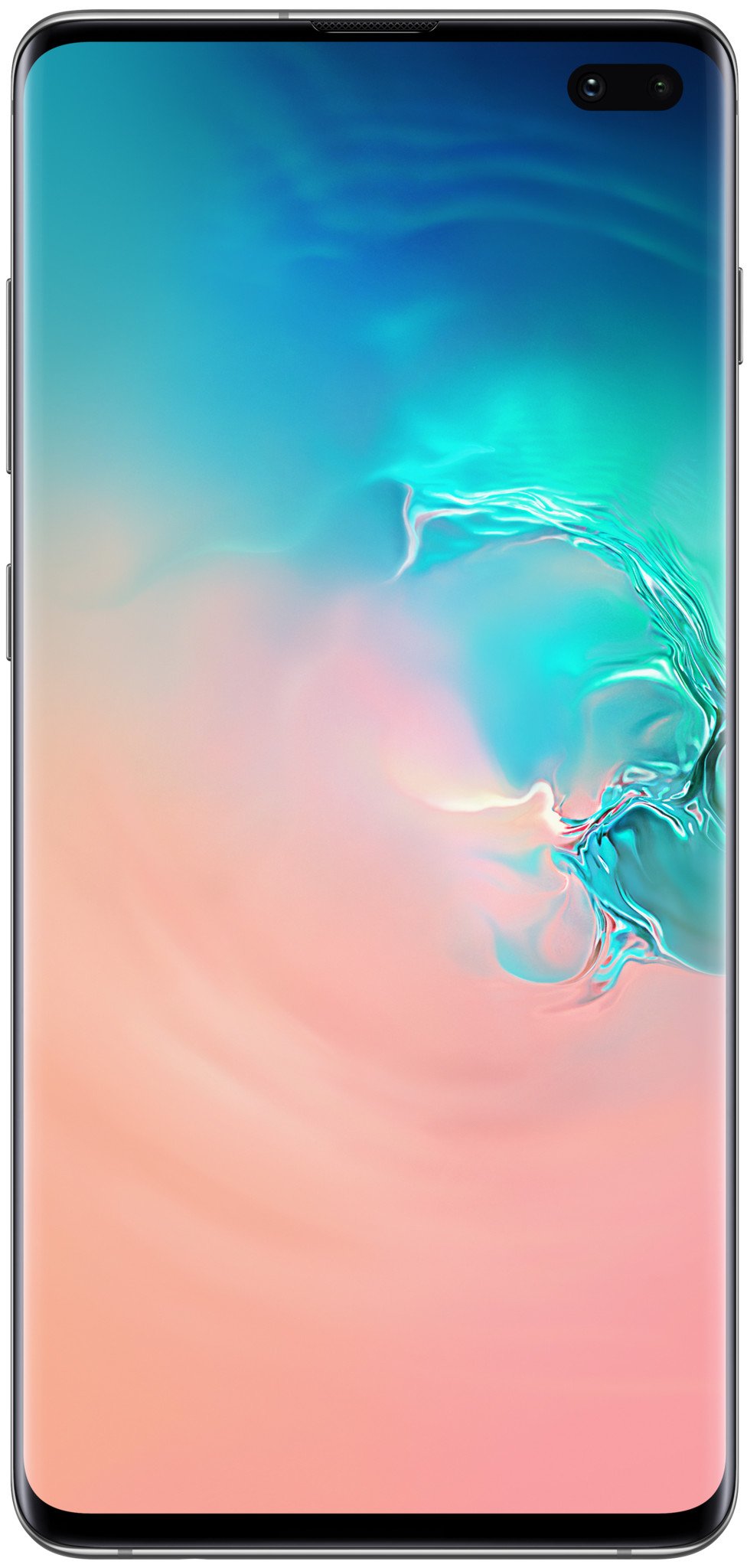
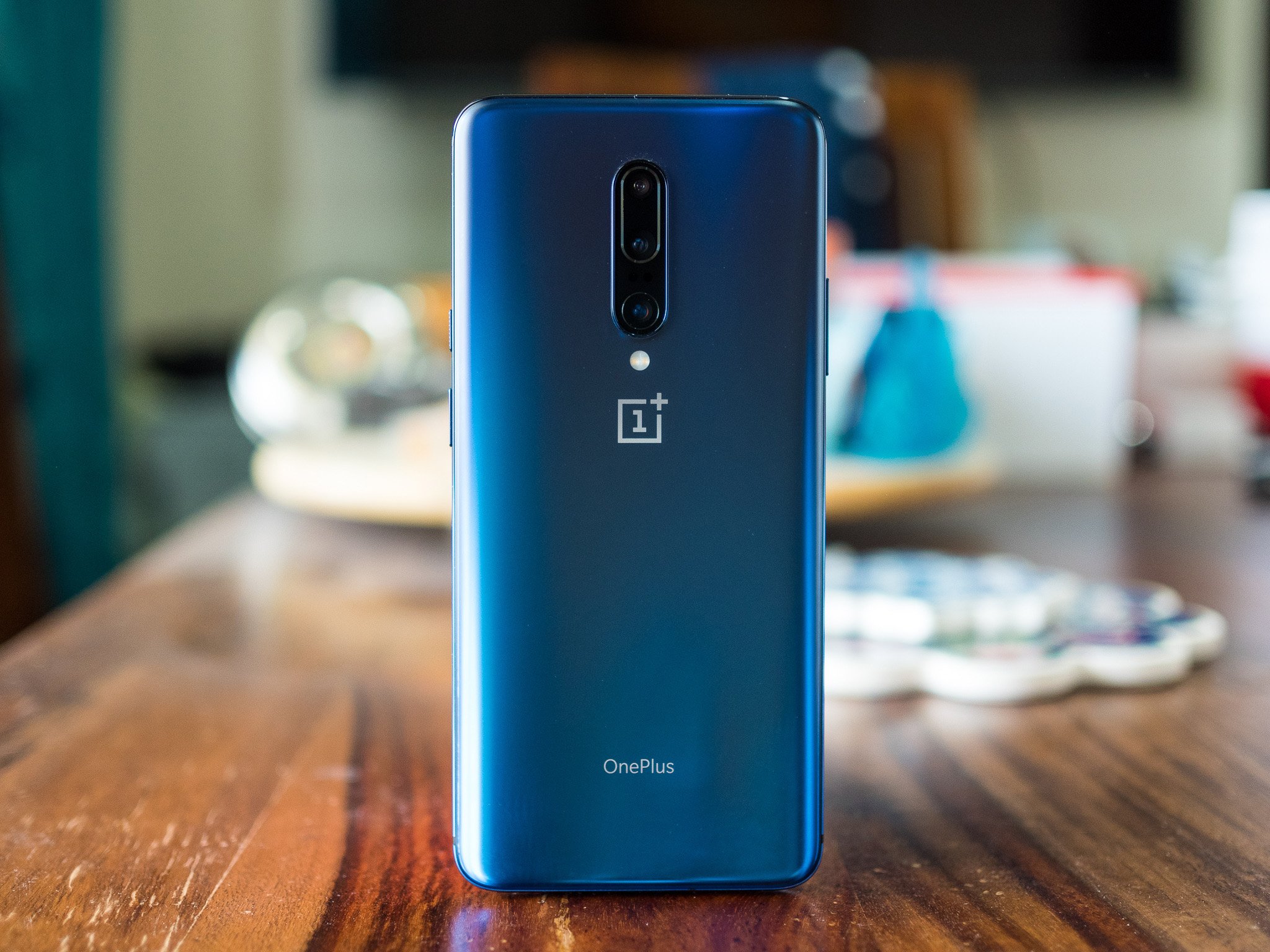
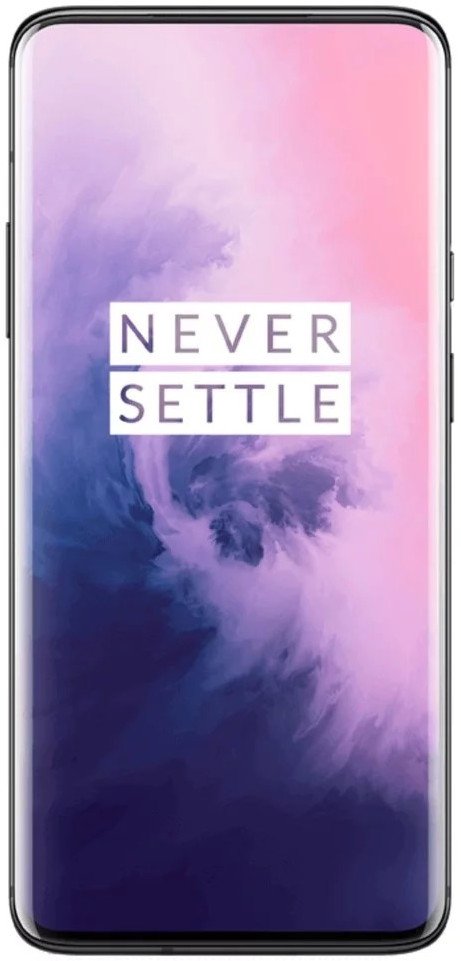


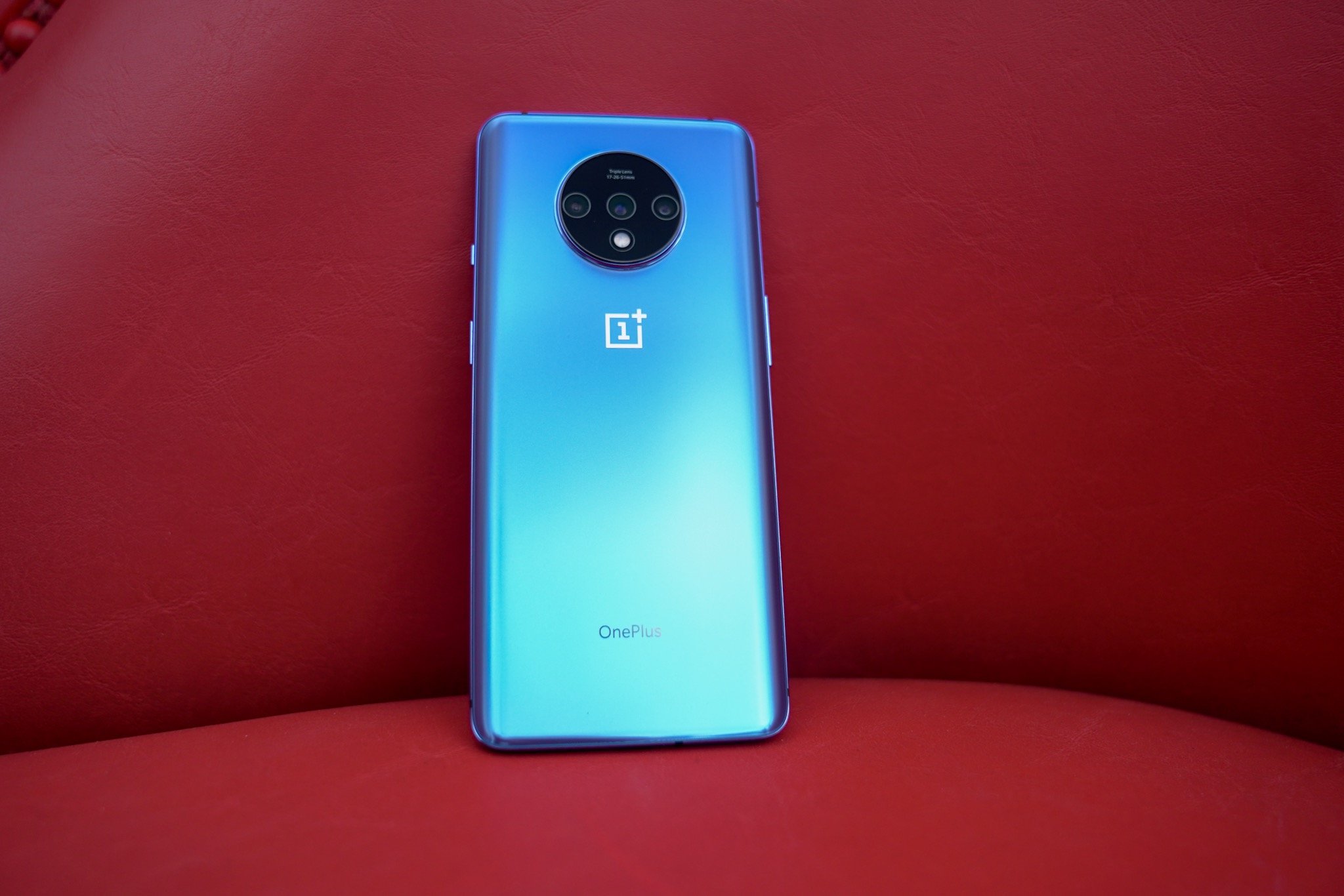


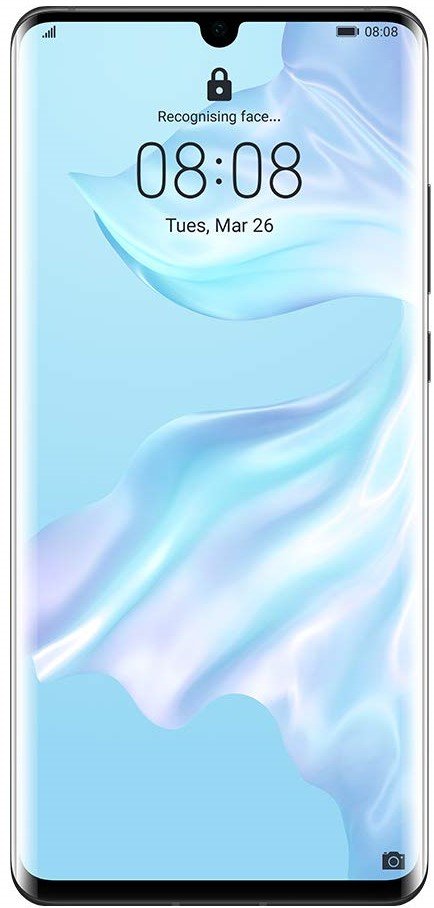
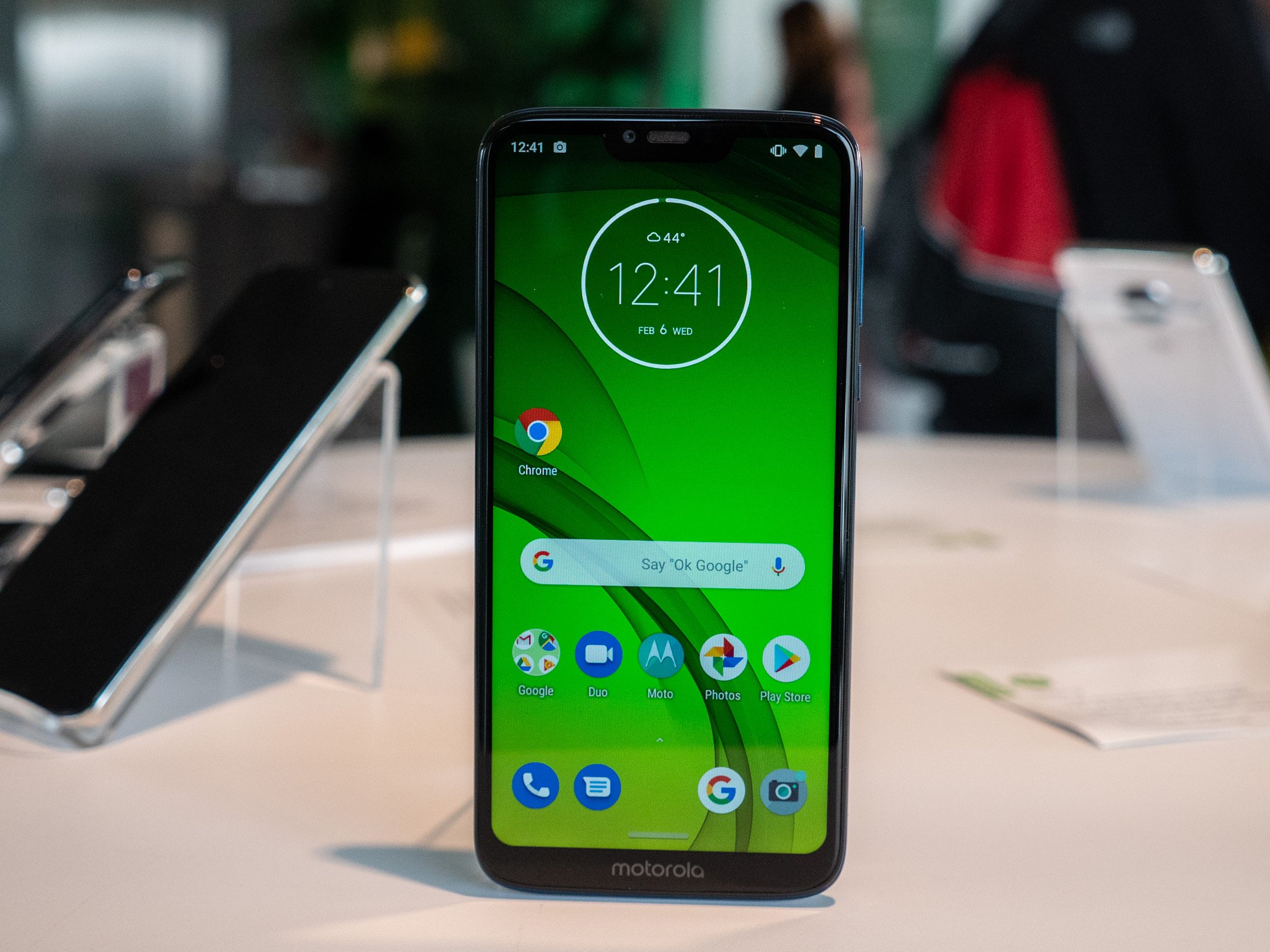
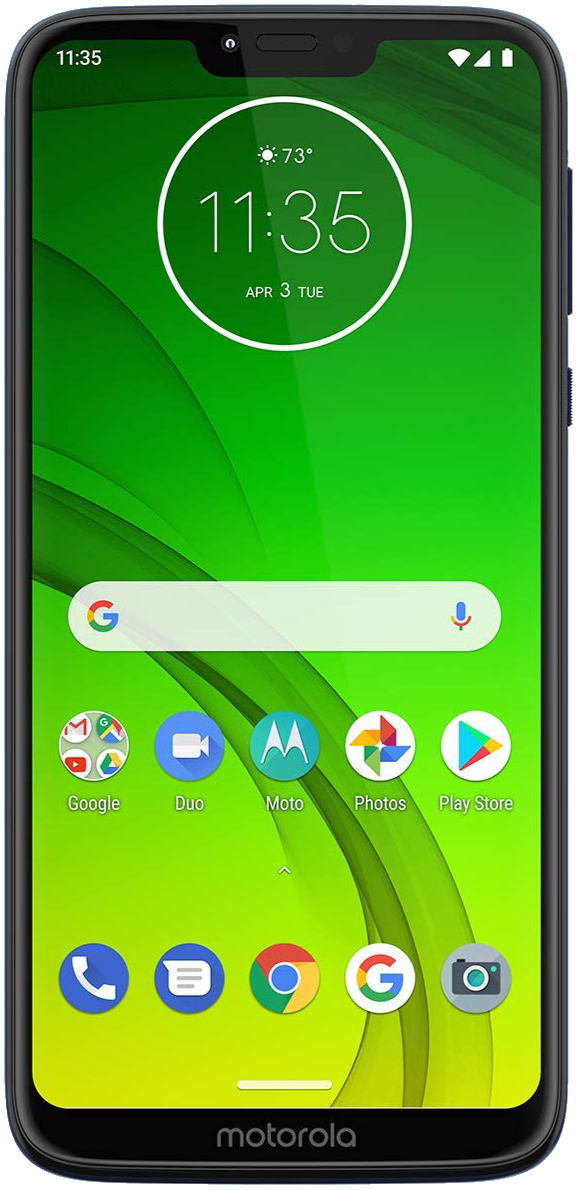
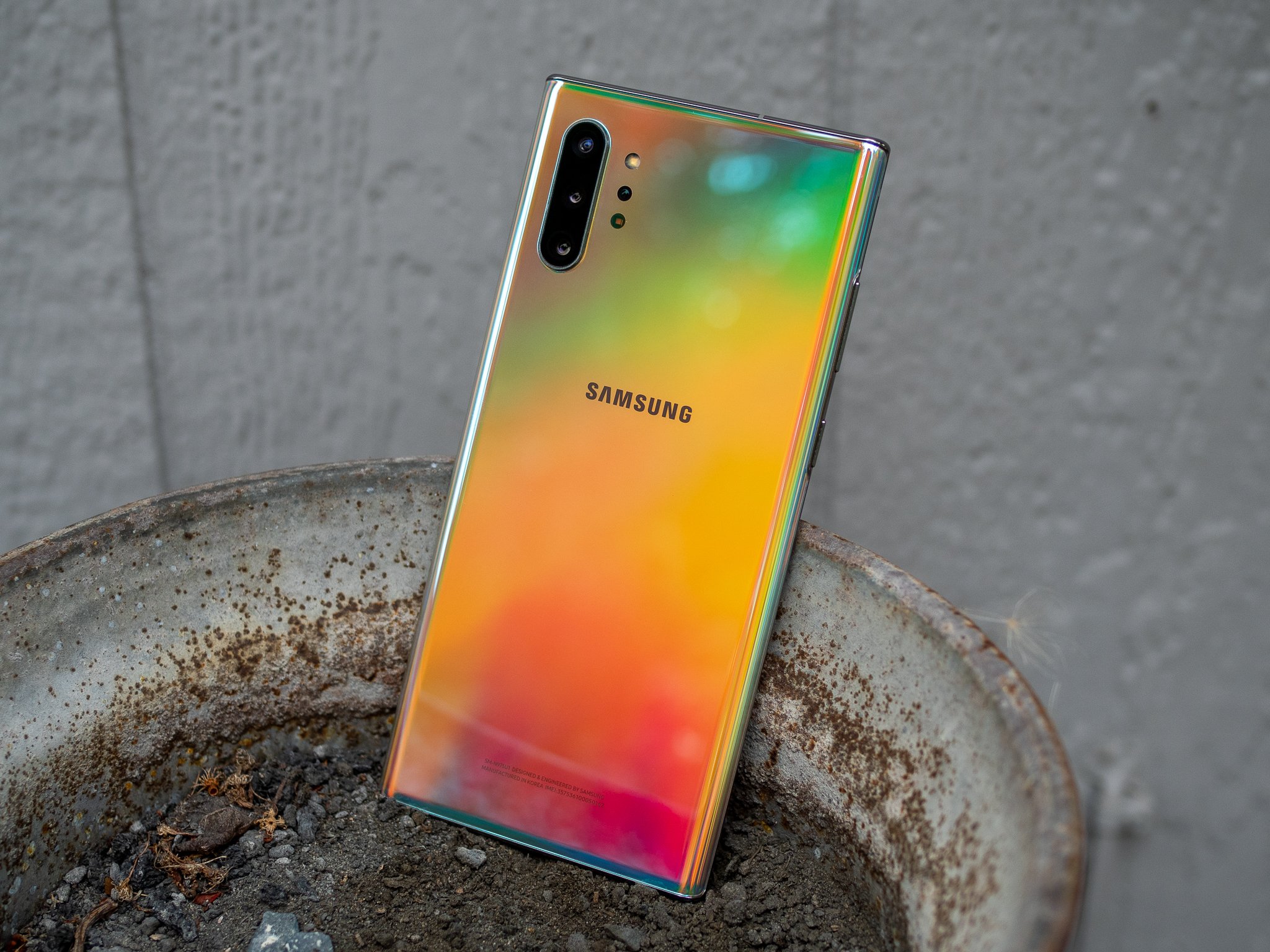
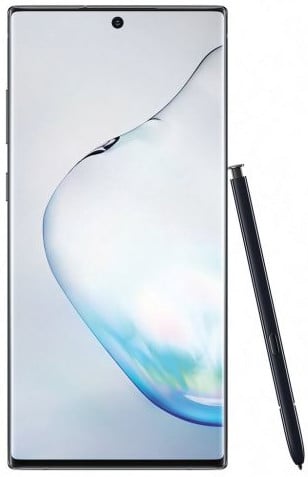
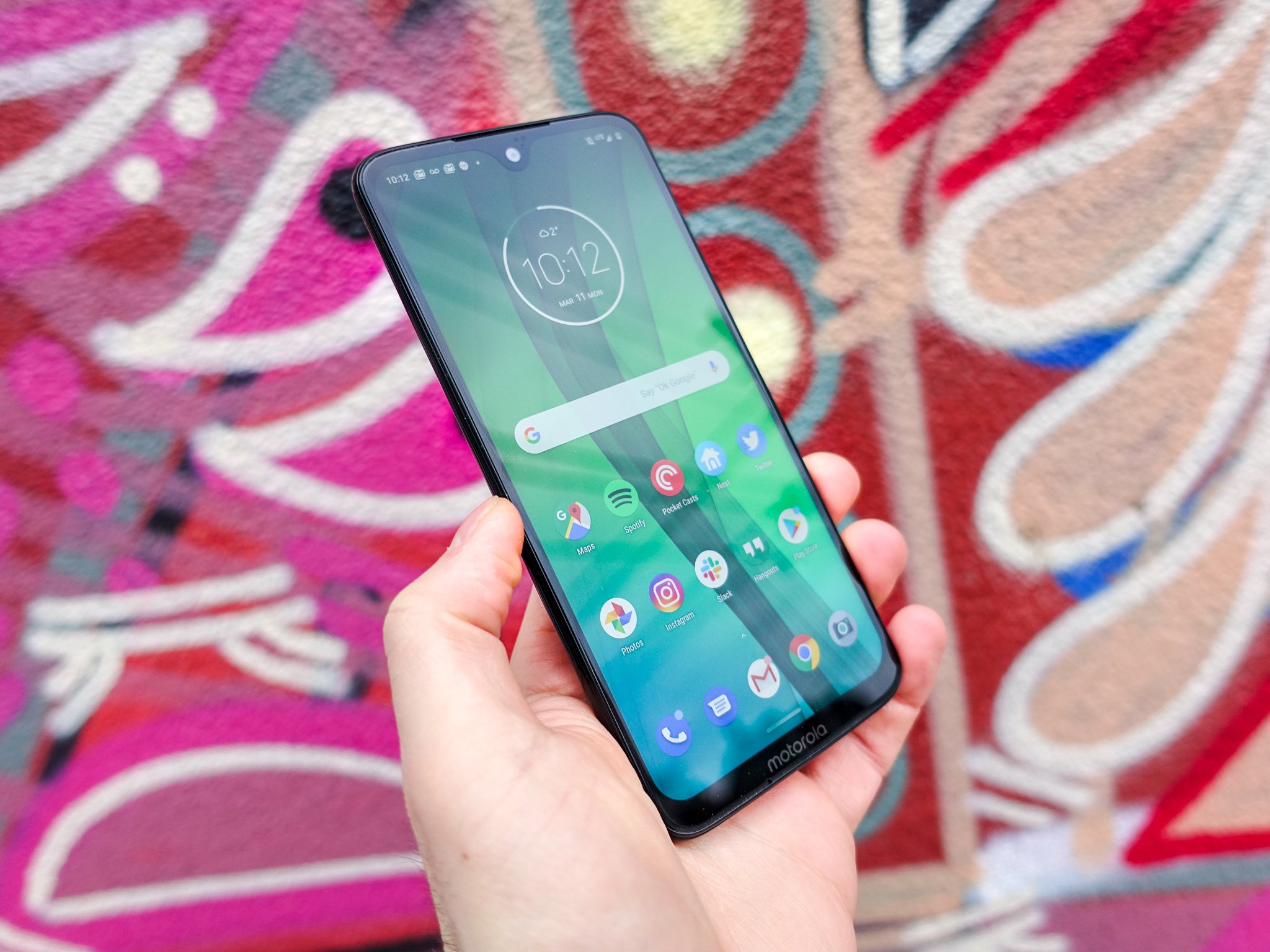
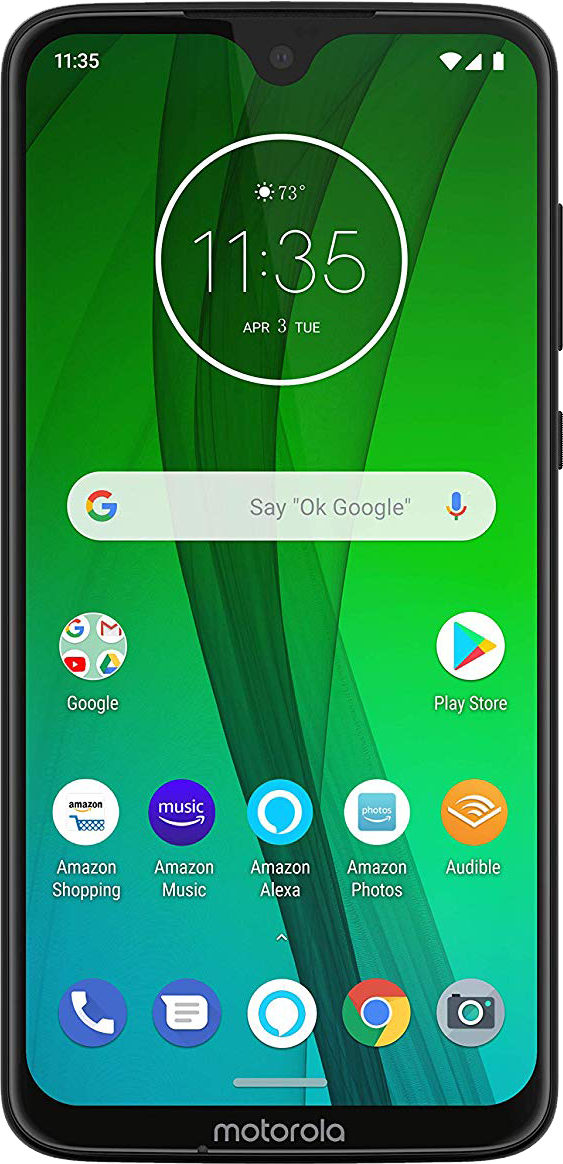


Aucun commentaire:
Enregistrer un commentaire